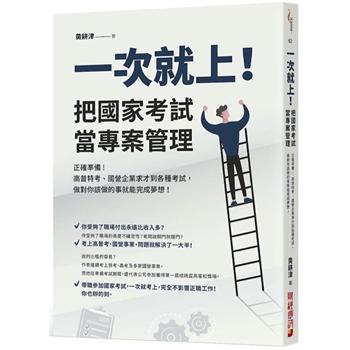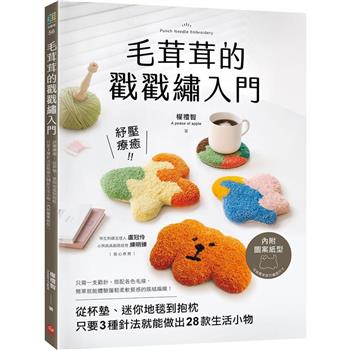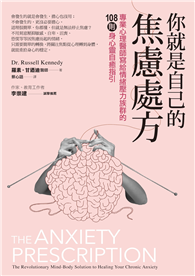In our everyday activities we use material objects in different shapes and forms to solve various practical problems. We may use a knife to tighten a screw, turn an old washing machine drum into a fireplace, use the edge of a kitchen countertop to open a bottle, or place a hammer on the puncture patch glued to a bike’s inner tube to exert pressure on the patch until the glue dries. How should we identify these objects? What functions do they have?
If we want to understand the role which material objects play in our everyday activities, we need to move away from universal identifications of objects. This is because universal identifications are not sensitive to contextual differences and cannot describe how each individual user connects to their surrounding objects in an infinite variety of contexts. Problem-Solving Technologies provides a user-friendly understanding of technological objects. This book develops a framework to characterise and categorize technological objects at the level of users’ subjective experiences.| FindBook |
|
有 1 項符合
Soltanzadeh的圖書 |
 |
$ 2400 | Problem-Solving Technologies: A User-Friendly Philosophy
作者:Soltanzadeh 出版社:Rowman & Littlefield Publishers 出版日期:2024-06-15 語言:英文 規格:平裝 / 218頁 / 22.81 x 15.95 x 2.08 cm / 普通級/ 初版  看圖書介紹 看圖書介紹
|
|
|
圖書介紹 - 資料來源:博客來 評分:
圖書名稱:Problem-Solving Technologies: A User-Friendly Philosophy
|











